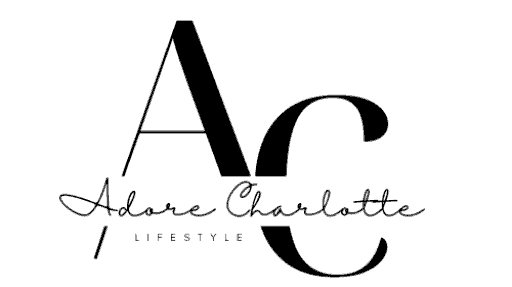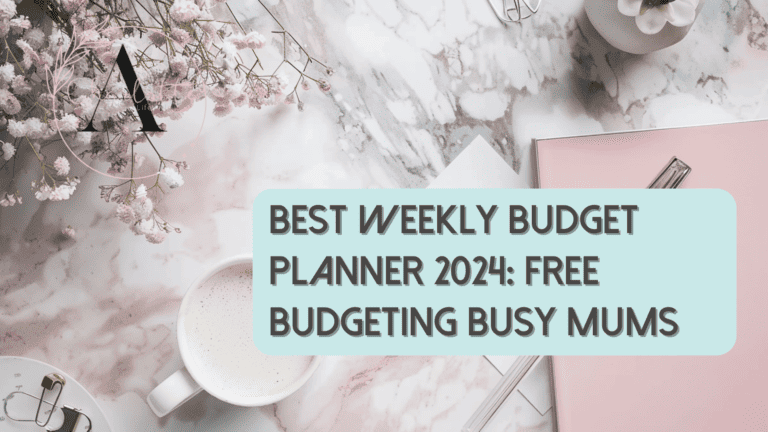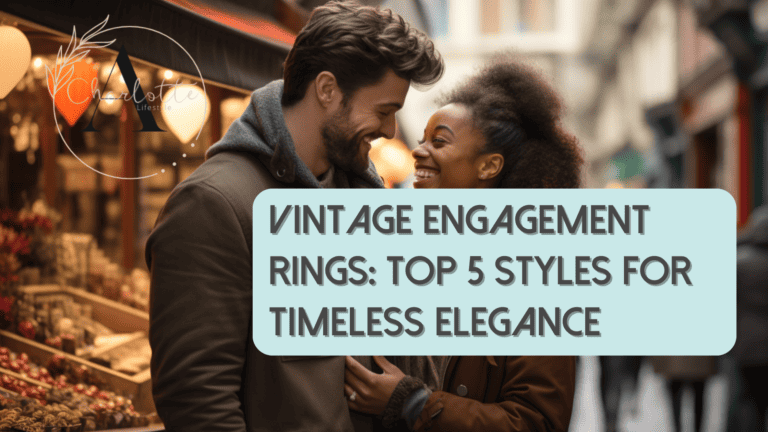After Pregnancy: What is Postpartum Hair Loss?
Becoming a mum is a journey filled with unanticipated twists, and postpartum hair loss decided to join my adventure uninvited. One day, you’re cherishing your thick, glossy hair, and the next, you’re watching strands bid farewell as they swirl down the shower drain. This phenomenon, medically coined as postpartum hair loss, isn’t just a fancy term but a reality many new mums encounter.
As much as we adore our little bundles of joy, the sudden hair falls and noticeable hair loss can catch us off guard. It’s a tad ironic how, amidst nurturing a new life, we yearn for the once abundant locks that graced our heads.
But worry not! It’s a phase, not a finale. Let’s delve into the nitty-gritty of postpartum hair loss cuppas at the ready, understand why it’s a rite of passage for many, and explore ways to cope and care for our tresses during this hairy phase of motherhood.
Some of the links in this post are affiliate links. If you click the link and purchase the item, I will receive an affiliate commission at no extra cost.
All opinions remain my own.
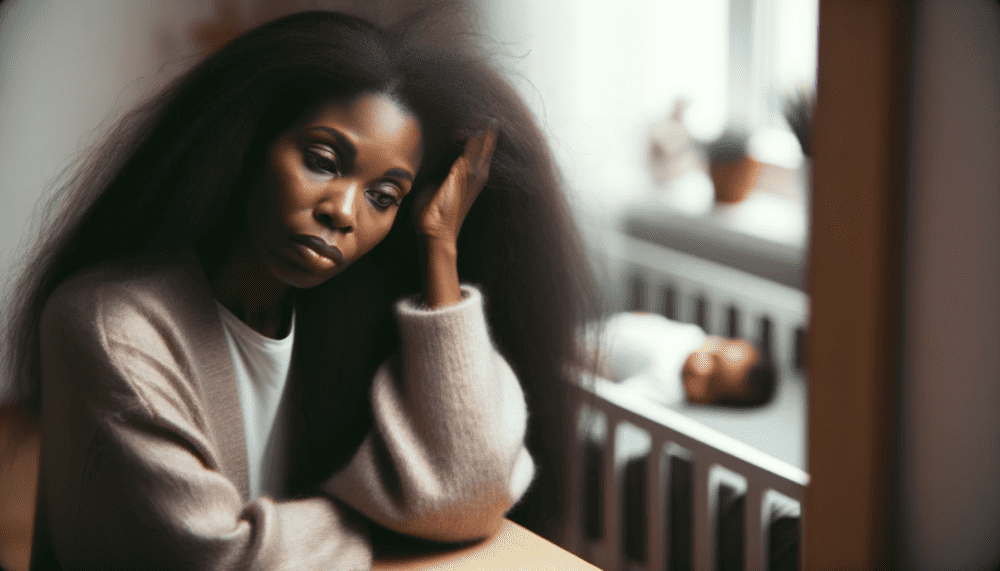
What is Postpartum hair loss?
Entering motherhood brings joy and challenges, one being postpartum hair loss, a common but often unspoken part of the postnatal journey. During pregnancy, elevated hormones keep our hair in the growth phase. But post giving birth, as hormone levels drop, many hairs enter a resting phase, eventually leading to noticeable hair fall.
The term postpartum hair loss encapsulates this natural but sometimes distressing phenomenon. As we transition into this chapter, understanding and tackling postpartum hair loss can pave the way to maintaining a healthy head of hair.
Ahead, we’ll delve into strategies to foster hair growth and possibly prevent postpartum hair loss, ensuring our tresses thrive in this new phase of life.
What Causes Postpartum Hair Loss?
The stage for postpartum hair loss is set when the pregnancy hormones that once gifted us thicker hairs exit the scene post-childbirth. This hormonal curtain call sends many hairs from the growth phase into a resting stage, soon followed by shedding. Iron deficiency, common post-delivery, can also contribute to thin hair.
The term ‘hair tourniquet’ metaphorically depicts how these shifts can temporarily constrict the normal hair growth cycle. It’s a blend of hormonal and nutritional changes choreographing the dance of postpartum hair loss. Being aware of these underlying causes is our ticket to managing this phase better and taking steps towards maintaining a healthy scalp and hair.
When Does Postpartum Hair Loss Start?
The timeline of postpartum hair loss can be as unpredictable as our little one’s sleep schedule. While we might revel in the glory of pregnancy hair, the shift usually occurs a few months post-delivery. The lushness of pregnancy hair is often replaced by the reality of postpartum hair loss, typically kicking in anywhere from two to five months after giving birth. This phase may last several months, often peaking around the four-month mark.
During this period, maintaining hair health should be on our radar. Incorporating a balanced diet and essential nutrients can pave the way for hair regrowth and keep our hair healthy. It might be a testing time, watching those strands part ways, but the journey towards hair regrowth unfolds with the right care and a dash of patience. Understanding the timeline helps us prepare ourselves for this change, embrace it, and take proactive steps to nurture our scalp and hair back to vitality.
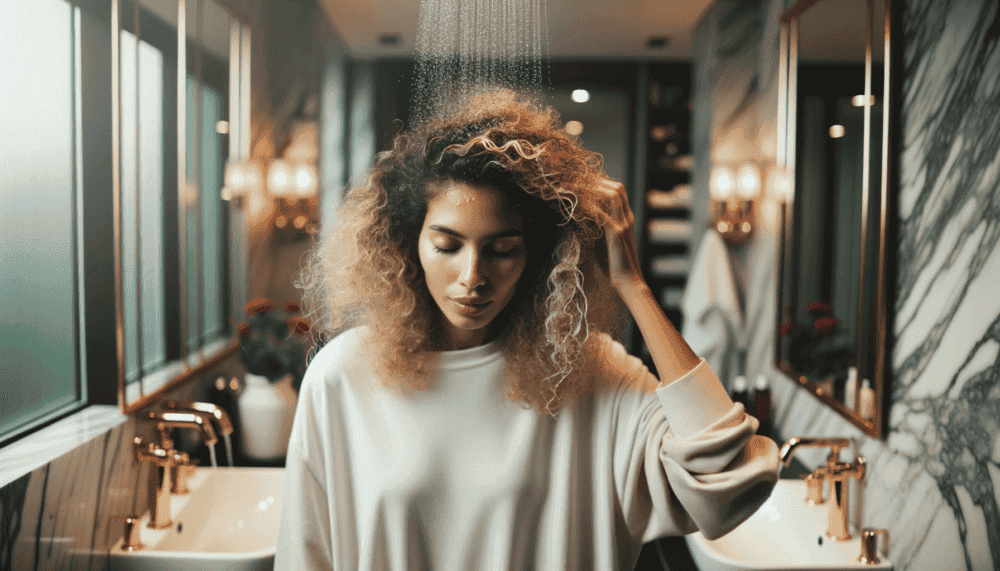
When Does Postpartum Hair Loss Stop?
The script of postpartum hair loss varies from one individual to another. However, the curtain often closes on this act around the baby’s first birthday. For some, it might wrap up sooner, while others might experience fine hair and excessive shedding a bit longer.
The good news? This shedding saga isn’t a permanent gig. Our bodies are programmed to halt the excessive shedding and promote hair regrowth eventually.
During this period, seeing clumps of hair falling can be disheartening, but there are allies in our corner. For instance, integrating a volumising shampoo into our hair care routine can lend a helping hand, making our hair appear fuller amidst the regrowth journey. While the timeline might test our patience, knowing that this phase has a finale can offer a sliver of solace. With the right products and a nurturing approach, we’ll soon wave goodbye to postpartum hair loss and welcome back the vibrant, voluminous locks we cherish.
How to Prevent Postpartum Hair Loss
Postpartum hair loss, quite common among new mothers, often comes as an unwelcome surprise. As the estrogen levels drop post-childbirth, many women witness their locks transitioning from the growing phase to the shedding phase. Yet, with a blend of the right practices, navigating through this phase with grace is possible. Here are some tailored suggestions:
- Maintain a Healthy Diet: Ensuring a balanced diet rich in essential nutrients can promote hair health. Incorporate iron-rich foods like dark leafy greens, which bolsters hair health.
- Gentle Hair Care: Opt for mild & natural conditioning shampoos that cleanse without stripping natural oils. A gentle hair care routine can prevent extra hair breakage.
- Avoid Tight Hairstyles: Tight ponytails or braids can exacerbate hair loss. Opt for loose, comfortable styles instead.
- Consider Volumising Products: While they don’t prevent hair loss, volumising shampoos can provide a fuller appearance during excessive shedding.
- Regular Scalp Massages: Promoting blood circulation to the scalp can encourage hair regrowth.
In the UK, LloydsPharmacy Online Doctor reported postpartum hair loss affects up to 40-50% of women following childbirth. While it’s totally normal, managing it effectively requires a blend of nutrition and gentle hair care practices. Armed with these tips, most women can transition through the postpartum period, witnessing the gradual return of their pre-pregnancy hair health.
Postpartum Hair Loss Treatment
Dealing with hair loss while adjusting to the new baby can be overwhelming. However, transitioning through this phase can be less daunting with the right treatment approach.
Transitioning Through Phases
- Understanding The Phases: Postpartum hair loss is a journey through different hair growth phases. Post-pregnancy, more hair enters the telogen phase, leading to recessive shedding. Understanding this as a normal part of the postpartum journey is crucial.
- Encouraging the Anagen Phase: To encourage more hair to enter the anagen (growing) phase, maintaining a nutritious diet and using hair health-promoting products can be beneficial.
Nourishment and Care
- Intensive Conditioners: Employing intensive conditioners can help maintain the texture and health of the remaining hair, making the transitional phase more manageable.
- Healthy Scalp: A healthy scalp is the bedrock of hair regrowth. Ensure that the scalp is clean and well-nourished to promote hair health.
Tailored Treatments
- Consult a Specialist: If the hair loss is concerning, consulting a trichologist or a dermatologist for tailored treatments is advisable.
Embracing the changes and adopting a proactive treatment approach can make the journey from pregnancy hair to postpartum regrowth smoother. With patience and the right care, the phase of lush hair regrowth is on the horizon, ready to greet the new chapter of motherhood with revitalised vigour.
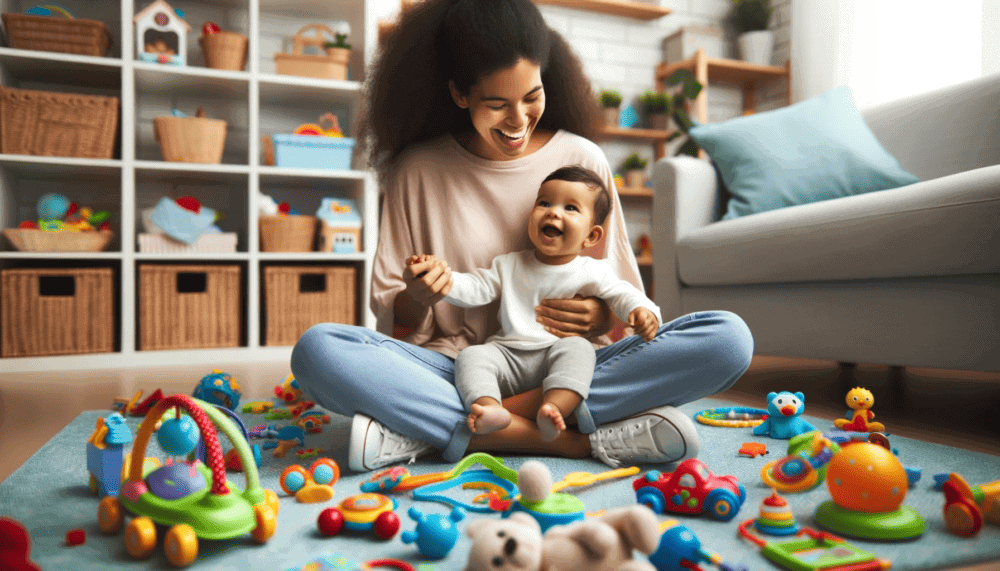
Frequently Asked Questions
Your Queries on Postpartum Hair Loss Answered
Before You Go
Embarking on the journey of motherhood is a blend of joy, challenges, and changes, with our bodies narrating the tales of hormonal changes vividly, especially through our tresses. Witnessing strands of hair on the bathroom floor is a reality for many new mums in the months postpartum. While it might seem alarming, remember it’s a rare occurrence for this hair loss to be permanent.
Our hair goes through phases, and as the hormones settle down, the anagen phase of hair growth reclaims its rhythm, promising the return of thicker, healthier hair. There are steps we can take to nurture our hair health during this time, from choosing the right hair care products to add body to maintaining a nutrient-rich diet that supports hair regrowth.
As you navigate through motherhood’s various emotions and experiences, understanding and addressing postpartum hair loss can be a stride towards embracing this beautiful chapter wholly. So, while the hormonal tide ebbs and flows, let’s equip ourselves with the knowledge and care to ensure our locks remain a crown to flaunt.

